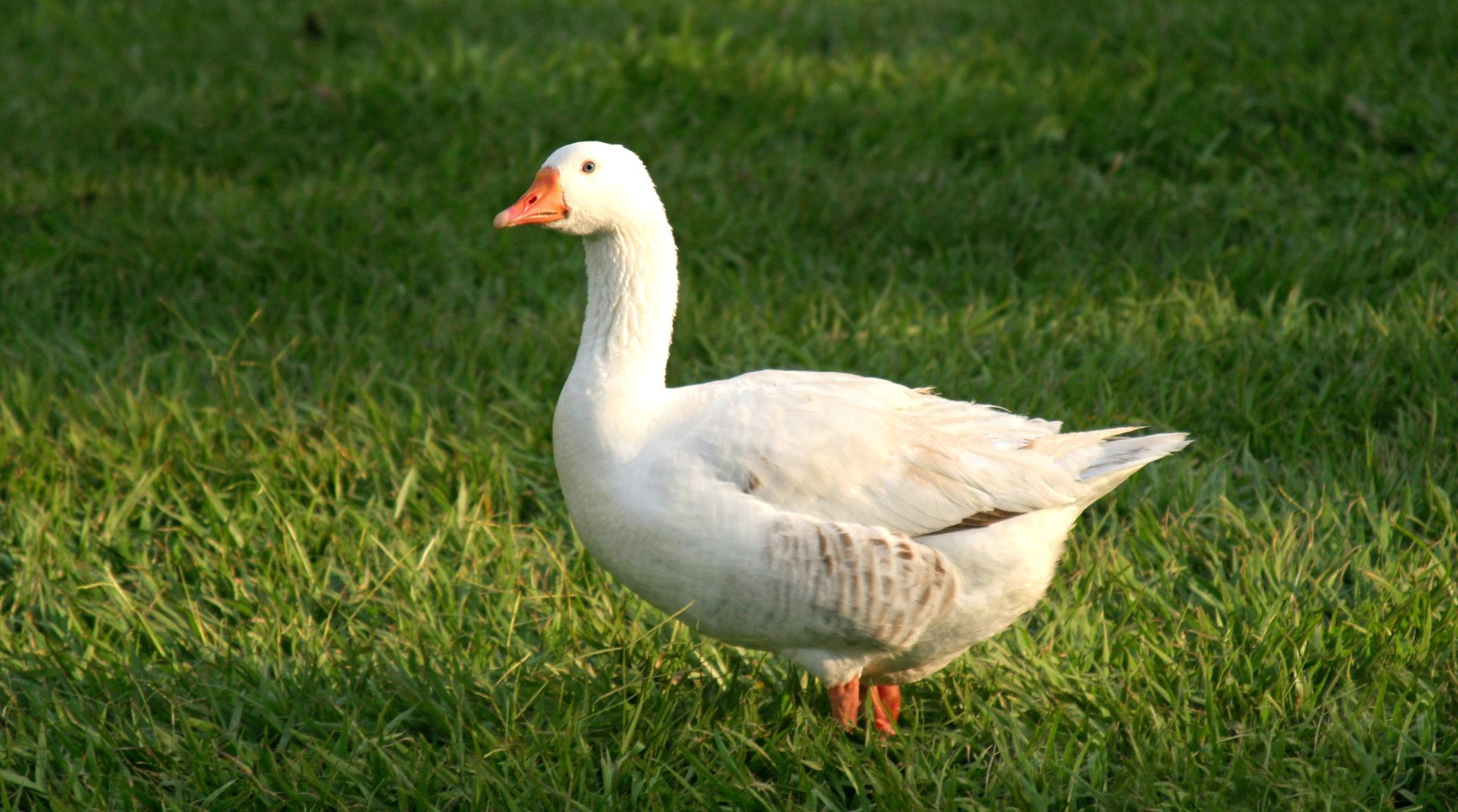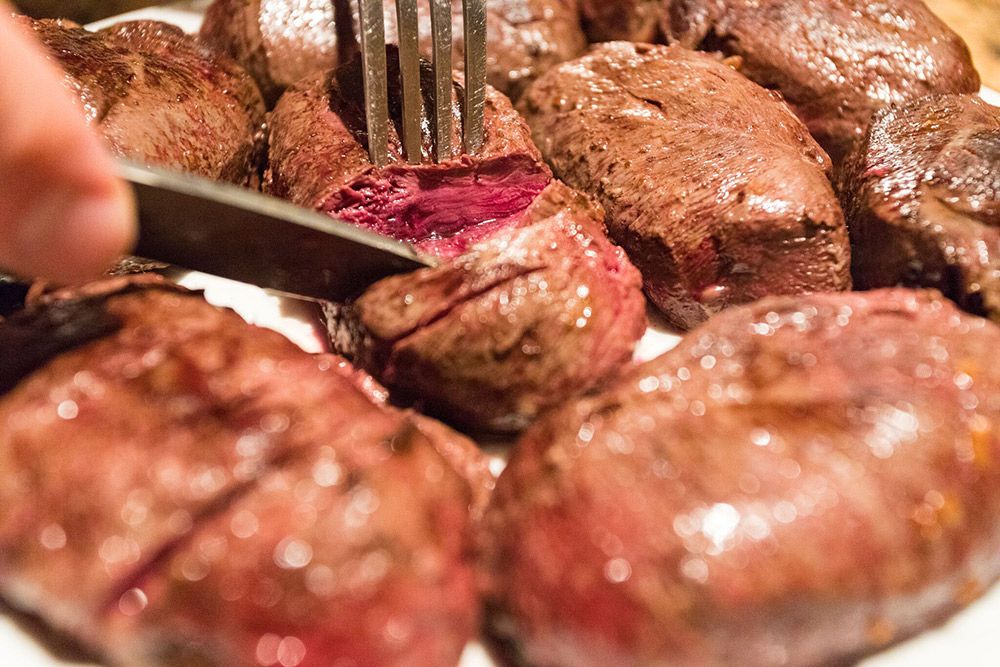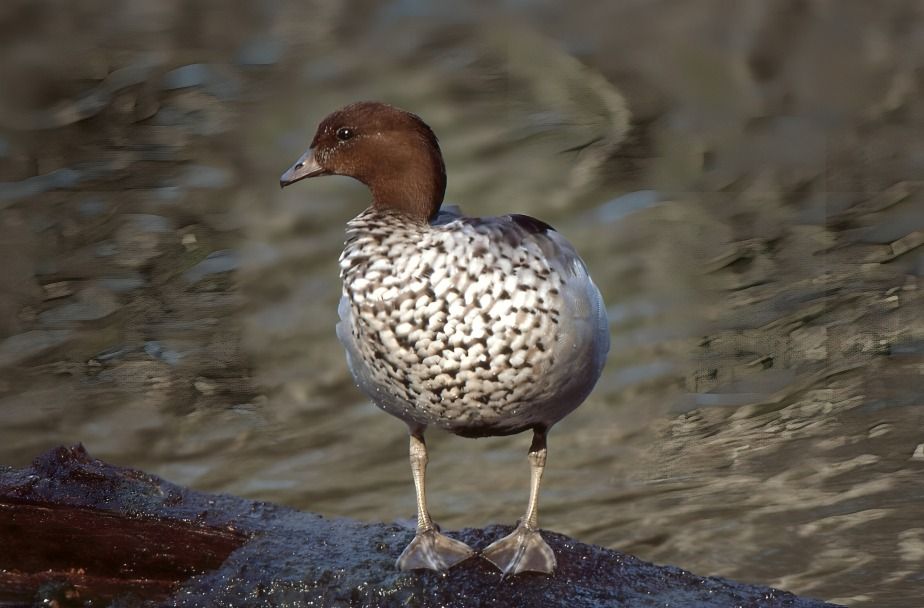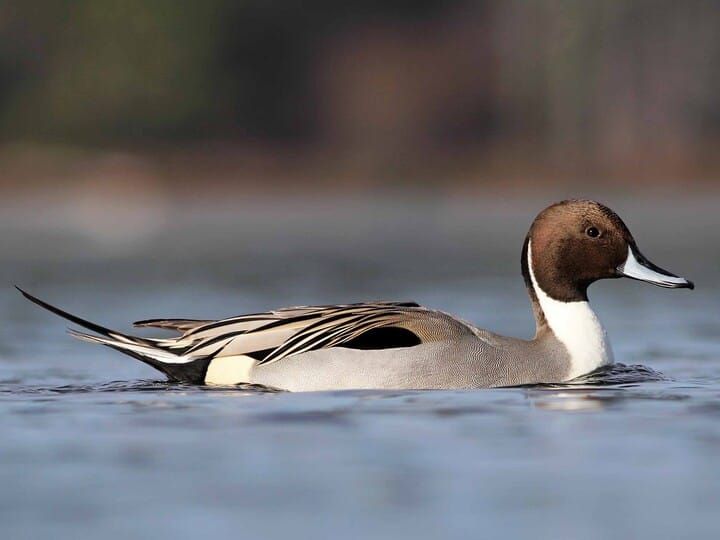
“
Ducks are fascinating waterfowl that inhabit diverse environments across the globe. From their distinctive quacking calls to their remarkable adaptations for swimming and diving, ducks captivate both bird enthusiasts and casual observers alike. In this blog post, we'll explore 20 intriguing facts about ducks, shedding light on their behaviour, unique characteristics, and ecological importance. 1
1
”
Ducks are highly adaptable animals, thriving in water, on land, and in the air. Their versatile nature allows them to excel in various environments, from swimming and foraging to flying and nesting. 1
Female ducks choose their mating partners based on their dancing skills. They select their favorite males by observing their performance, with the best dancers typically being favored for reproduction. 2
Ducks possess waterproof feathers due to an oil coating they spread with their beaks. This adaptation helps them stay buoyant and dry while swimming in water bodies, enabling them to thrive in aquatic environments. 3
Some ducks, like the northern pintail, undertake remarkable migrations spanning thousands of kilometers. Their journeys often cross continents, showcasing their endurance and impressive navigation skills. 4

The bufflehead duck is one of North America's smallest ducks, weighing only about 13 ounces. Despite their size, they are resilient and well-adapted to cold climates, thriving in harsh environments.
The wood duck is notable for nesting in tree cavities, adapting to habitats that offer elevated protection from predators. These ducks exhibit colorful plumage and are often admired for their striking and vibrant appearance.5
Ducks have specialized bills that vary by species and aid in their feeding habits. For instance, the northern shoveler's bill has fine projections for filtering food from water bodies, enhancing their foraging efficiency. 6

The canvasback duck is renowned for its delicious meat, making it a favored game bird among hunters. This popularity underscores its role in human culinary traditions and hunting culture.
Ducks are capable divers, with some species, like the tufted duck, diving to depths exceeding 20 feet. Their diving abilities facilitate foraging for food in deeper water, showcasing their adaptability and skill. 7
Ducks have a remarkable ability to regulate body temperature, maintaining an average of 106°F (41°C). This physiological trait helps them survive in various environmental conditions, from warm climates to freezing waters. 8
The oldest recorded domestic ducks were a pair owned by Gladys Blackbeard in Grahamstown, South Africa. Gifted in 1917, they celebrated their 49th birthday in June 1966, remaining healthy despite their declining eyesight. 9

The Australian wood duck, also known as the maned duck, features a distinctive crest of feathers on its head. This unique feature adds to its appearance, making it easily recognizable in its native habitat.
Domestic ducks, when cared for properly, can have lifespans similar to their wild counterparts. On average, domestic ducks can live between 8 to 12 years, with some individuals living even longer under ideal conditions. 10
Ducks exhibit monogamous behavior during breeding seasons but may form new pairs in subsequent seasons. This behavior varies among species and individuals, reflecting their diverse reproductive strategies. 11
The hooded merganser duck's large, fan-shaped crest on its head can be raised or lowered, adding to its distinctive appearance, especially during courtship displays when males attract potential mates. 12

The northern pintail duck is named for its long, pointed tail feathers. This distinguishing feature is prominent during flight and courtship displays, making it easily identifiable among other duck species.
Ducks play a crucial role in ecosystems by controlling insect populations and dispersing seeds. Their activities contribute significantly to ecosystem health and biodiversity, demonstrating their ecological importance. 13
Female ducks typically lay a clutch of eggs, which can range from 5 to 15 eggs depending on the species. After laying, the female incubates the eggs for about 28 days until they hatch. 14
The tufted duck is recognizable by a small tuft of feathers on the back of its head. This unique characteristic adds to its charm and distinctive appearance, making it a favorite among bird watchers. 15
Ducks have excellent vision, with eyes positioned on the sides of their heads. This placement provides a wide field of view that aids in detecting predators and finding food, enhancing their survival chances. 16


